Machine Learning and the future of Open Justice
A fundamental principle of our legal system in England and Wales is that of open justice – that justice must be seen to be done, as well as done. Transparency in the legal system is achieved by allowing reporters to publish articles on cases, allowing the public into courts to view proceedings, and allowing public access to court judgements and documents.
Recently, a significant step has been taken with regard to the availability of court judgements with the launch of The National Archives’ (TNA) new Find Case Law service in April 2022, publishing all new court and tribunal decisions from the higher courts online for free (https://caselaw.nationalarchives.gov.uk/).
Now, this in and of itself is not that significant, since this information was already being published by the British and Irish Legal Information Institute (BAILII). The potential for progress in this area lies with the availability of a new type of licence to use this information from TNA, a ‘transactional licence’.
As well as the more traditional PDF format, the judgments on Find Case Law are also published in XML, an international open standard Legal Document Mark-up Language, which makes them machine readable. The new ‘transactional licence’ gives permission for computational analysis of these judgments. This opens doors to developing the use of machine learning to analyse the huge volumes of information on this database to assist in every day legal practice for matters such as advising clients of success rates of similar cases and helping them to decide whether to settle a case or pursue it in the courts. Similarly, it can assist insurers assess risk when providing insurance in litigation cases. It also has the potential to reduce the amount of research time required on a case, bringing down legal costs and increasing access to justice.
However, the success of training any Machine Learning systems depends on the information it is being fed. Currently, the Find Case Law service only holds judgments and tribunal decisions going back to 2003, and only for the higher courts. Furthermore, the Incorporated Council of Law Reporting (ICLR) released a report* earlier this month suggesting that there is inconsistency in how many judgments are being uploaded to Find Case Law, with almost a quarter of listed judgments for the three-month period they analysed having not been uploaded. The ICLR gave various suggestions as to why this may be, such as initial training or IT issues with uploading judgments to the new system, or judges and court staff still emailing judgments to BAILII, as was formerly the process.
This leaves an information gap which would have an inevitable impact on the effectiveness and reliability of the results any machine learning system would produce, not to mention it restricts the operation of fully open justice.
Whilst Artificial Intelligence may be integral to the future of legal practice, it appears there is still a lot of human work that needs to be done in the meantime to help get us there.
* https://www.iclr.co.uk/wp-content/uploads/media//2023/01/Publication-of-listed-judgments-final.pdf

